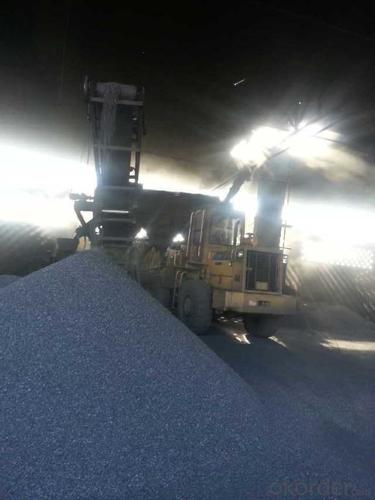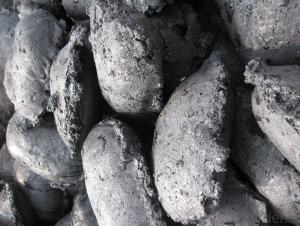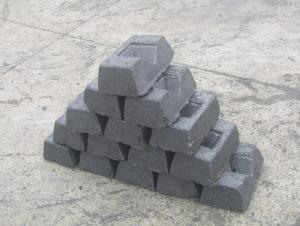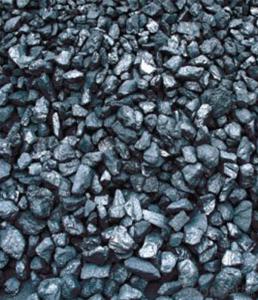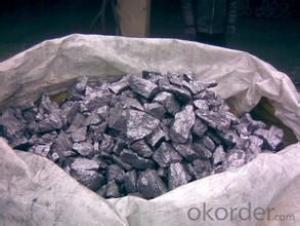FC 95% Calcined Anthracite
- Loading Port:
- China Main Port
- Payment Terms:
- TT OR LC
- Min Order Qty:
- -
- Supply Capability:
- -
OKorder Service Pledge
OKorder Financial Service
You Might Also Like
Specifications
Calcined Anthracite
Fixed carbon: 90%-95%
S: 0.5% max
Size: 0-3. 3-5.3-15 or as request
Calcined Anthracite is produced using the best Anthracite-Taixi Anthracite with low S and P, It is widely used in steel making and casting, Chemical and some other fields.
General Specification of Calcined Anthracite:
PARAMETER UNIT GUARANTEE VALUE | |||||
F.C.% | 95MIN | 94MIN | 93MIN | 92MIN | 90MIN |
ASH % | 4MAX | 5MAX | 6MAX | 7MAX | 8MAX |
V.M.% | 1 MAX | 1MAX | 1.5MAX | 1.5MAX | 1.5MAX |
SULFUR % | 0.5MAX | 0.5MAX | 0.5MAX | 0.5MAX | 0.5MAX |
MOISTURE % | 0.5MAX | 0.5MAX | 0.5MAX | 0.5MAX | 0.5MAX |
Size can be adjusted based on buyer's request.
Pictures of Calcined Anthracite:

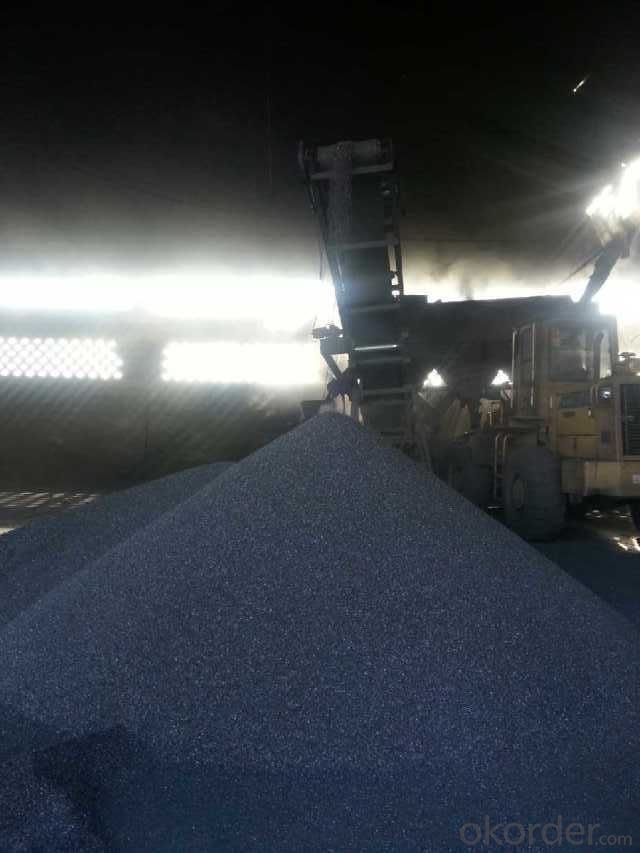
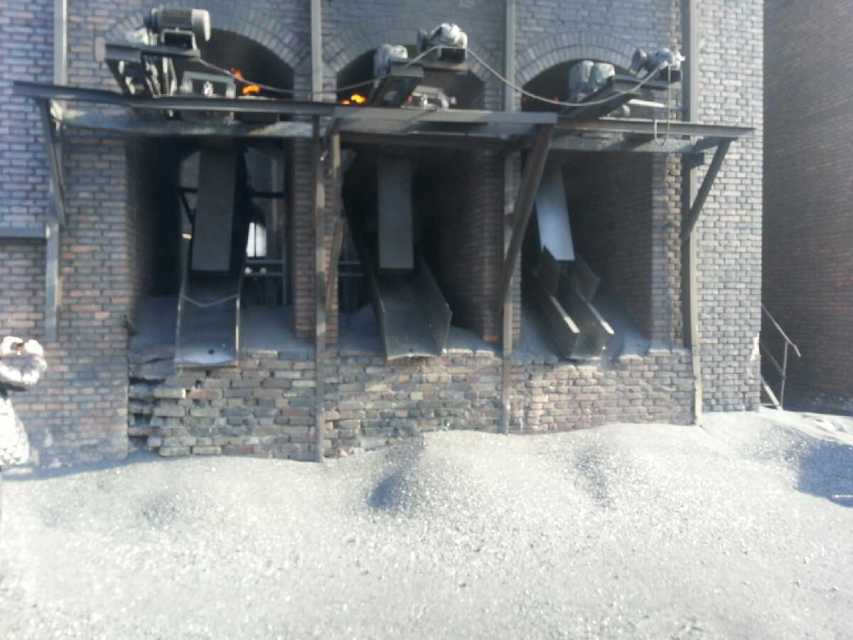
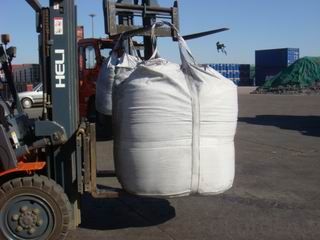
We can supply below furnace charges, please feel free to contact us if you areinterested in any of any of them:
Coke (Metallurgical, foundry, gas)
Calcined Anthracite with fixed carbon from 90% to 95%
- Q: Where do I buy DNF premium advanced carbon?
- Now to buy can not be opened out in the box before wish in the festival gift (seems to be 12 day) in a number but it seems to be 10 if you strengthen it or don't expect that senior.
- Q: What is carbon offsetting in the automotive industry?
- Carbon offsetting in the automotive industry refers to the practice of compensating for the greenhouse gas emissions produced by vehicles. It involves investing in projects that reduce or remove carbon dioxide from the atmosphere, such as renewable energy projects, reforestation initiatives, or methane capture projects. By offsetting their emissions, automakers and individuals aim to neutralize or balance out the environmental impact of driving vehicles.
- Q: What is carbon fixation?
- Living organisms, particularly plants and algae, convert atmospheric carbon dioxide (CO2) into organic compounds through carbon fixation. This process is crucial for sustaining life on Earth and is an integral part of the natural carbon cycle. Through photosynthesis, green plants utilize sunlight, water, and CO2 to generate glucose and oxygen. Glucose acts as a foundational component for various organic molecules like carbohydrates, lipids, and proteins. Carbon fixation not only supports plant growth and development but also maintains a proper balance of atmospheric CO2 levels. It aids in the mitigation of the greenhouse effect by extracting CO2 from the atmosphere and storing it in biomass or soil. Moreover, carbon fixation serves as an essential source of energy and nutrients for other organisms that consume plants or algae. Ultimately, carbon fixation is a fundamental process that contributes to the stability and functionality of ecosystems and holds significant implications for climate change and the global carbon cycle.
- Q: I want to know why the ATP in the five carbon sugar is a DNA RNA??
- An adenosine ribose adenine nucleoside by connection formation.If it is deoxyribonucleic acid, it is called three phosphate adenine nucleoside, or dATP
- Q: But their chemical symbols are different, so they are different elements, different substances, but they feel the same thing... Tangled up ~!
- The difference is that one of the similarities is that the appearance is black. However, the lead section is metallic luster. Carbon density is very small, about 2G per cubic centimeter, lead density is great, the density is more than 10g per cubic centimeter. Carbon is a nonmetal that can be converted into diamond. Lead is a kind of metal. Carbon is a chemically stable substance at normal temperature. Without poison, activated carbon can be used as a gas mask. Lead is a heavy metal that is harmful to humans. The chemical properties are more lively and can be used as lead batteries. The melting point of lead is very low, only a few Baidu, and the melting point of carbon can reach more than 3000 degrees. Edison made the filament out of carbon. You know that?.
- Q: Why are biological molecules carbon based molecular aggregates?
- Because living things are living organisms, most of them consist of organic compounds, which are carbon compounds, and carbon chains are the main body
- Q: How to extinguish the charcoal fire?
- Charcoal air on the line, but also can use water, but there will be a lot of gases
- Q: How are carbon-based polymers synthesized?
- Carbon-based polymers are synthesized through a process known as polymerization. This involves the chemical reaction of monomers, which are small molecules, to form long chains of repeating units, known as polymers. Carbon-based polymers, also known as organic polymers, are composed of carbon atoms bonded together in a backbone structure. There are various methods for synthesizing carbon-based polymers, but the most common one is called addition polymerization. In this process, monomers with unsaturated carbon-carbon double bonds, such as ethylene or propylene, undergo a reaction called addition polymerization. This reaction is initiated by a catalyst, which can be heat, light, or a chemical initiator, and it causes the monomers to join together, forming a polymer chain. Another method for synthesizing carbon-based polymers is condensation polymerization. In this process, two different types of monomers react with each other, eliminating a small molecule, such as water or alcohol, as a byproduct. The remaining monomers then continue to react, forming a polymer chain. Examples of polymers synthesized through condensation polymerization include polyesters and polyamides. In addition to these methods, there are also other techniques used to synthesize carbon-based polymers, such as ring-opening polymerization, which involves the opening of cyclic structures to form linear polymer chains, and step-growth polymerization, which involves the reaction of two or more monomers with reactive end groups. Overall, the synthesis of carbon-based polymers involves the combination of monomers through various chemical reactions to form long chains of repeating units. These polymers have a wide range of applications in industries such as plastics, textiles, and electronics, due to their desirable properties such as strength, flexibility, and thermal stability.
- Q: How are carbon fibers used in manufacturing?
- Carbon fibers are used in manufacturing for their exceptional strength, light weight, and high stiffness properties. They are commonly used as reinforcement materials in various industries such as aerospace, automotive, sports equipment, and wind energy. Carbon fibers are incorporated into composites to enhance the strength and durability of products, making them ideal for applications where weight reduction and structural integrity are crucial.
- Q: There are several allotropes of carbon
- Allotrope of carbon: diamond, graphite, carbon 60 (fullerene), amorphous carbon (charcoal, coke, activated carbon, etc.)
Send your message to us
FC 95% Calcined Anthracite
- Loading Port:
- China Main Port
- Payment Terms:
- TT OR LC
- Min Order Qty:
- -
- Supply Capability:
- -
OKorder Service Pledge
OKorder Financial Service
Similar products
Hot products
Hot Searches

